Chester roofing contractors in Pennsylvania
8 companies found in your city.
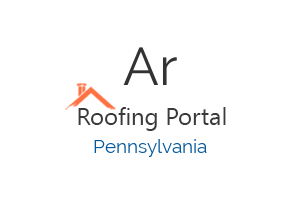
- Armour Seal Roofing Masonry & Contracting
- Address: 506 Edgmont Ave, Chester, PA 19013, USA
- Phone: +1 267-622-7158
- Zipcode: 19013
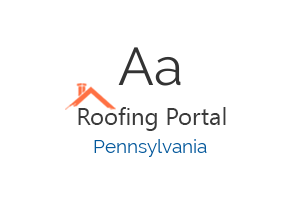
- A a West Co
- Address: 214 Dock St, Chester, PA 19013, USA
- Phone: +1 610-872-3302
- Zipcode: 19013
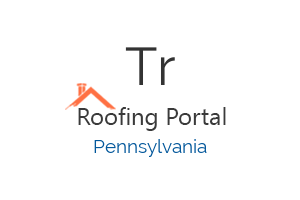
- Trader Roofing Co
- Address: 2220 W 10th St, Chester, PA 19013, USA
- Phone: +1 610-202-5787
- Zipcode: 19013
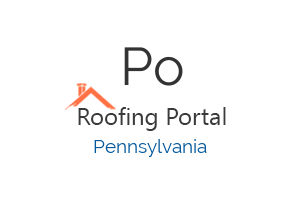
- Power Home Remodeling
- Address: 2501 Seaport Dr, Chester, PA 19013, USA
- Phone: +1 610-990-4243
- Zipcode: 19013
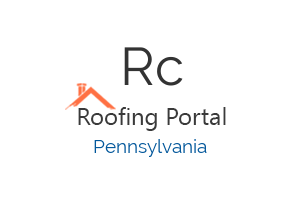
- R C Marland & Associates
- Address: 406 Ward St, Chester, PA 19013, USA
- Phone: +1 610-497-4600
- Zipcode: 19013
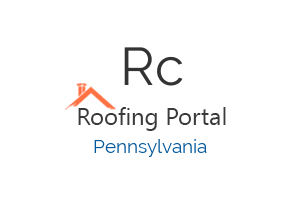
- R C Marland & Associates Inc
- Address: 1001 W 9th St, Chester, PA 19013, USA
- Phone: +1 610-874-3498
- Zipcode: 19013
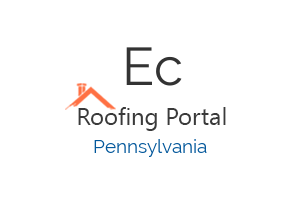
- ECR Roofing
- Address: 1111 9th St, Chester, PA 19013, USA
- Phone: +1 484-548-1617
- Zipcode: 19013
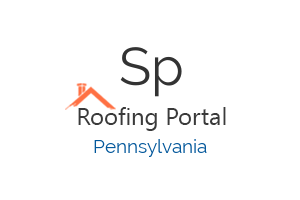
- Spectrum Roofing
- Address: 3172 Bethel Rd, Chester, PA 19013, USA
- Phone: +1 610-876-9373
- Zipcode: 19013

Stop Roof Leaks Now
Preventing a roof leak is easy—as long as it’s caught before it has a chance to happen. But what happens when you have a roof leak right now? Preventative maintenance and inspections help prevent leaky roofs, but when a roof leak happens on your Chester, PA home or business, it’s imperative that you make the needed roof repair right away before problems can become more expensive. Within 36 hours of a roof leak, you can bet that deadly black mold, toxic mildew and wood rotting fungus will begin to form right away, even in the dead of winter. Just because a roof leak is a minor inconvenience you feel you can put off now, doesn’t mean it’s a good idea. Call a licensed and insured roof repair crew to deal with the issue before it has a chance to blow your bank.
Chester is a town in Delaware County, Pennsylvania, US, located at 39.849817\-75.374687, with ZIP code(s) 19013. If you are looking for companies in home roofing, you will find proper the biggest companies in Chester, PA, who work with insulation aluminum gable.
How a Roof Leak Starts
Roof leaks can be caused by a variety of reasons and many roofs exhibit several of these features at the same time, making it difficult to diagnose the true leak problem. It takes much more than making a few patches with some tar to fix a roof leak for good. Knowing how a roof leak starts is the first and foremost task in repairing any roofing problems. But unless you’re a leak finding pro, it’s going to be tough to find and repair leaks before they have a chance to start. That’s why the Roofrepair.link leak finding trouble shooters recommend that you have your roof inspected by a professional twice a year to pinpoint minor roofing problems now before they have a chance to turn into an emergency roof leak repair. Although it’s never a good idea to climb a ladder yourself, you can easily spot the following areas that are commonly known to leak from the safety of the ground.
Roof Leaks can Be Deadly
Once these toxic byproducts of a roof leak are allowed to continue unabated, the entire roofing structure, attic insulation, air conditioning/heating ducts and ceiling/wall/floor materials may need to be replaced to prevent serious health problems that can occur when the toxic fungi and mold spores are released into the indoor air system of your Chester home or business. Black mold has been well documented to cause many serious respiratory problems in both asthmatic and healthy people’s lungs. If you notice black mold in your attic, ceiling or walls after a roof leak, vacate the structure and have repairs made right away.
Roof Leak Symptoms
Check your roof regularly for any of these roofing troubles; especially after strong rain, wind or snow storms. Be sure a licensed, insured and experienced roof leak trouble shooter takes care of any problems before they get too difficult to manage.
- Blown Off, Broken or Missing Shingles
- Bent Ridge Ventilation
- Lead Plumbing Pipe Boot Damages
- Heavy Stains Around Skylights/Chimneys/Roof Valleys
- Rusting and Corroding Flashing
- Decomposing, Cracking or Splitting Sealants
- Overflowing or Leveled Gutters
- Loose Satellite Dishes
- Improper Attic Ventilation
- Winter Ice Dams
- Evidence of Black Mold, Wood Fungus or Mildew
- Fogging Window/Skylight Panes